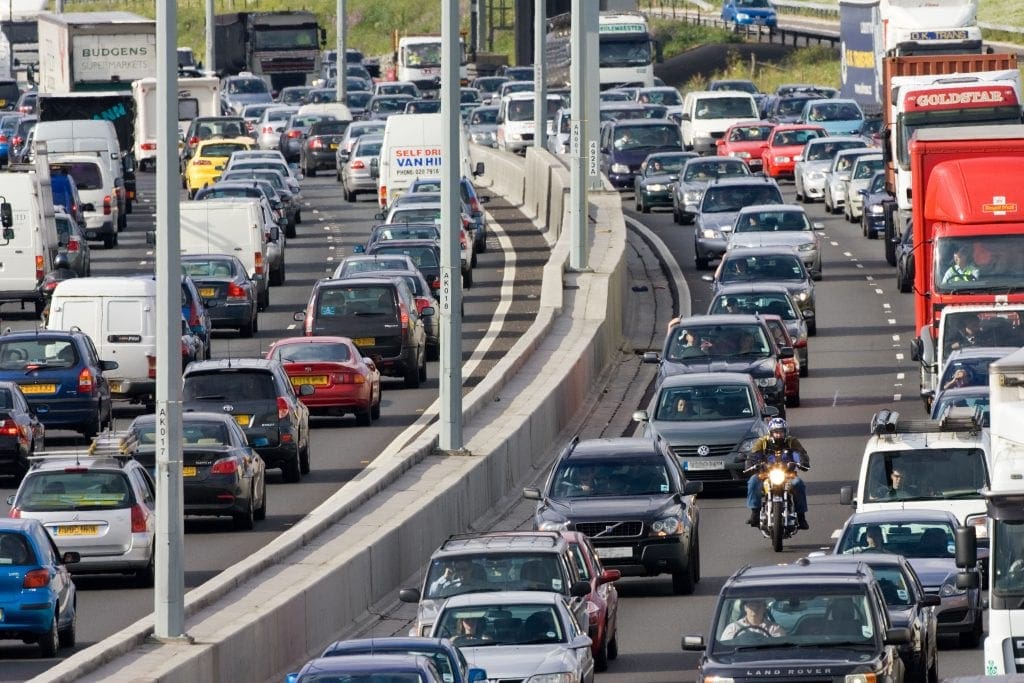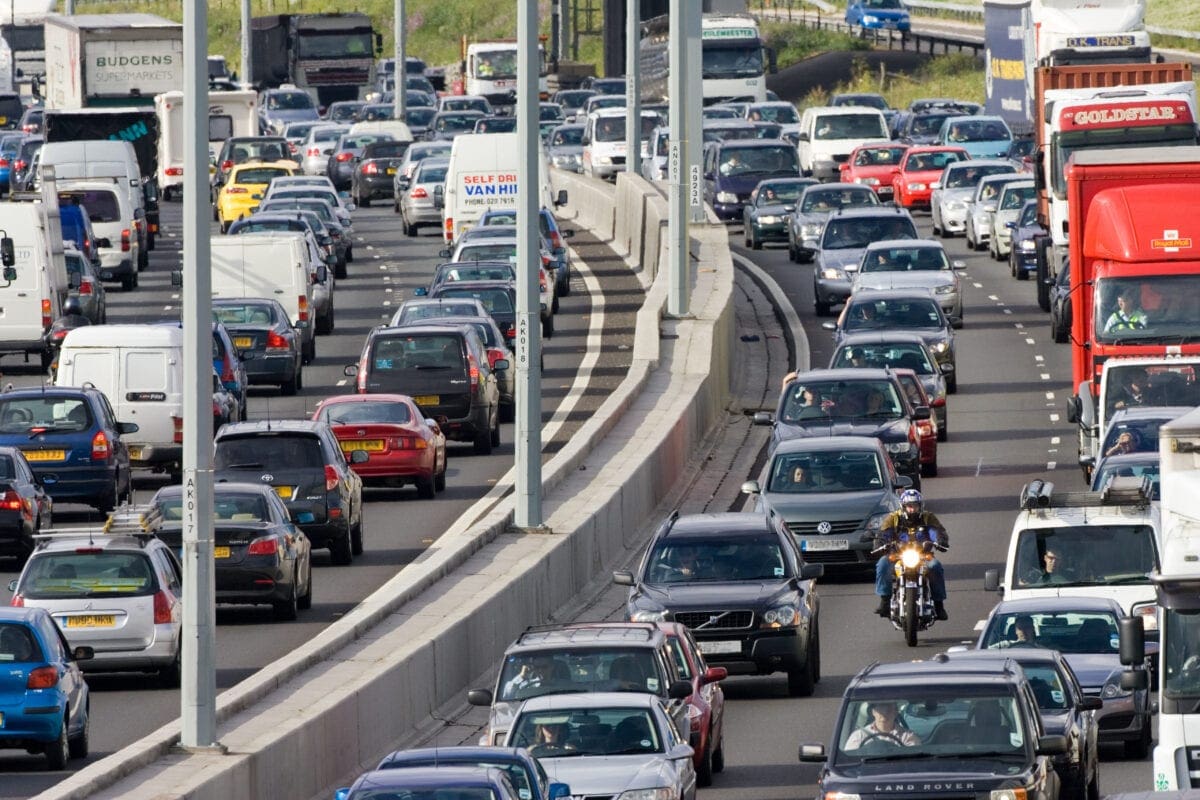
Highways England, the company responsible for running over 4000 miles of England’s motorways and major trunk roads, is to become the third partner in a landmark collaboration to improve motorcycle rider safety.
The government owned company will join the National Police Chiefs’ Council (NPCC) and the Motorcycle Industry Association (MCIA) as an equal partner in facilitating practical changes to roads, as detailed in a jointly written whitepaper: ‘Realising the Motorcycling Opportunity: A Motorcycle Safety and Transport Policy Framework’.
The Framework calls for motorcycles and scooters to be included in mainstream transport policy and for rider safety to be consistently factored into national road design, which has not been the case in the past.
Seven key areas have been identified, which would make roads safer for riders, along with actions as to how this can be achieved practically. These include: safer infrastructure, expanding road user education, increasing awareness and training and working in partnership with cycle groups.
Enjoy everything More Bikes by reading monthly newspaper, Read FREE Online.
The Framework also advocates unlocking the benefits of motorcycles and demonstrating exactly how they offer a practical solution to congestion, as well as improving personal mobility for people without access to other forms of transport.
Highways England has a goal of bringing the number of people killed or injured on the strategic road network as close as possible to zero by 2040. It will work with police and MCIA across all seven areas identified in the Framework and will lead on ‘safer infrastructure’.
Mike Wilson, Highways England’s Chief Highways Engineer, said:
“Safety is our top priority and we believe no one should be harmed when travelling or working on our road network. We are committed to both reducing the number of motorcycle incidents and casualties on our roads and to improving the experience motorcyclists have on those roads; this influential partnership with the industry and police supports that commitment.”
Deputy Chief Constable for North Yorkshire Police, Tim Madgwick, who is the national motorcycle lead for the National Police Chiefs Council says:
“The Police service is on the front line, dealing with the devastation that is caused to families and the greater community by road traffic collisions. The opportunity to work with both Highways England and the Motorcycle Industry Association gives us far greater scope to make our roads a safer place, not only for those who use powered two wheelers, but for all road users. In addition to the safety aspect, encouraging greater use of motorcycles will also contribute greatly to reducing congestion and therefore journey times across the country.”
Karen Cole, Director of Safety and Training, says working in partnership with HE and NPCC could produce the breakthrough that motorcycle safety deserves:
“Highways England brings significant resource to this ambitious project; financially and in terms of influence, expertise and evidence-based decision making; add this to police backing and we have an unprecedented opportunity to make a huge difference to riders.
“For too long, motorcyclists have been at the bottom of the pecking order in terms of priority for traffic management and road planners. Often ‘safety advice’ is a thinly veiled attempt to keep people off motorbikes and scooters, rather than a genuine attempt to reduce their vulnerability. It is important to recognise the transport choice of riders and address their needs appropriately. Ignoring motorcyclists increases their vulnerability.”
The Framework advocates using guidelines produced by the Institute of Highway Engineers which identifies simple practical steps to reduce risks for riders. These include:
Using rider friendly barriers and road surfaces
- Repositioning pillars
- Removing unnecessary signage
- Using non-slip man hole covers
- Prompt clear up of diesel.
Highways England will also work to promote safety messages and create awareness about motorcycles and scooters, since education of all road users is an important element of the Framework. HE has already set up a working party to encourage learners to take further training for a licence and to encourage riders to wear personal protective clothing.
Safe Systems
The Framework incorporates the ‘safe system approach’, which is now widely accepted as a guiding principle among road safety professionals. This is underpinned by the understanding that humans are fallible and will make mistakes, which can be mitigated through ‘forgiving’ design, i.e. a road system built to absorb mistakes and limit the transfer of forces which can result in serious injury or death.
Background to the Framework
The first edition of the ‘Framework’ was launched by the NPCC and MCIA in 2014, following acknowledgement from police and motorcycle road safety experts that the only way to reduce vulnerability of riders was to properly incorporate their use and needs into mainstream transport planning.
The Framework details a growing body of evidence from other EU countries to show that casualties reduce where motorcycle and scooter use is more common, as other road users become more aware of them. This is the same argument used by the cycling lobby and both modes of transport saw reductions of those killed and seriously injured in the last set of figures issued by the Department for Transport.
The number of motorcycles and scooters licensed for the roads has nearly doubled in the past twenty years, and government statistics show that there was a further 1.2% increase for quarter 4 (October to December 2015). With congestion set to rise, it is likely many more people will opt for two wheel transport and Highways England, the National Police Chiefs’ Council and the Motorcycle Industry Association believe this choice needs to be properly supported.
Advert
Enjoy everything More Bikes by reading the MoreBikes monthly newspaper. Click here to subscribe, or Read FREE Online.



